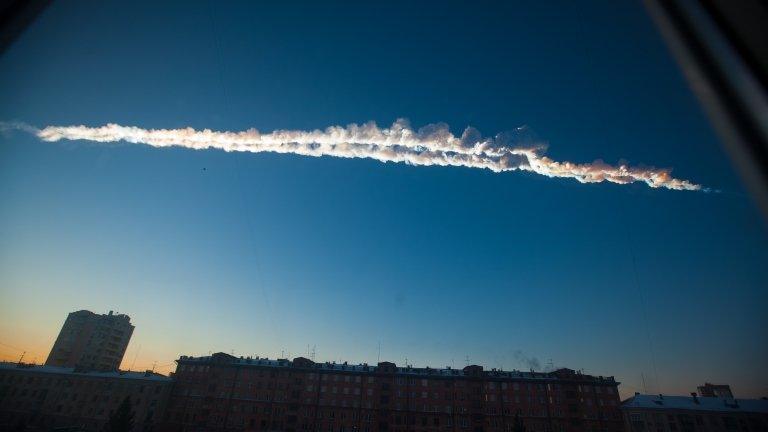Chelyabinsk meteor: Space rock hit-rate 'underestimated'
- Published
Eyewitnesses and CCTV cameras captured the moment the Chelyabinsk meteor flew across the sky
The threat of another asteroid strike like the one that hit Russia earlier this year is much higher than was previously thought, a study suggests.
Researchers have found that space rocks of a similar size to the one that exploded over Chelyabinsk are hurtling into the Earth's atmosphere with surprising frequency.
Scientists say early warning systems need to be put in place.
The study is published in the journal Nature, external.
Lead author Professor Peter Brown, from the University of Western Ontario, Canada, told the BBC World Service's Science in Action programme: "Having some sort of system that scans the sky almost continuously and looks for these objects just before they hit the Earth, that probably is something worth doing.
"In the case of Chelyabinsk, a few days' to a week's warning would have been valuable."
Fireball
The asteroid that exploded over Russia on 15 February this year was estimated to be about 19m-wide.
It hit the atmosphere with energy estimated to be equivalent to 500,000 tonnes of TNT, sending a shockwave twice around the globe. It caused widespread damage and injured more than 1,000 people.
Now though, scientists say there could be many more space rocks like this one on a collision course with the Earth.
An international team looked at the last 20 years of data collected from sensors used by the US government and infrasound sensors positioned around the globe.
These detectors are in place to detect the threat of nuclear weapons, but they can also capture the blasts caused by asteroid impacts.
The researchers found that during this time about 60 asteroids up to 20m in size had smashed into the Earth's atmosphere: far more than was previously thought
Most went undetected because they exploded over the ocean or in very remote areas.
Prof Brown explained: "We were able to capture the occurrence rate you would expect of things like Chelyabinsk and smaller impacts. When you compare that to the numbers you get from telescopic [observations], our numbers are several times higher."
Divers dragged the rock to shore on a metal sheet
This suggests that the risk from asteroids of this scale has been underestimated. The team estimates that the strike rate of asteroids that are tens of metres in size is between two and 10 times higher than was previously thought.
"Something like Chelyabinsk, you would only expect every 150 years on the basis of the telescopic information. But when you look at our data and extrapolate from that, we see that these things seem to be happening every 30 years or so," said Prof Brown.
An event such as the Tunguska impact in 1908, where an asteroid flattened thousands of square kilometres of forest in Siberia, would probably happen every few hundred years rather than every few thousand years, he added.

Many people in Russia caught the Chelyabinsk meteor on camera
Prof Brown said more effort should be made to create early warning systems.
"There are literally millions of objects in the tens-of-metres-of-size range that we suspect are near Earth asteroids, that can get close to the Earth," he said.
"We have only discovered over 1,000 of these. There are many more of these to find, but it would be very expensive to find all of these and it probably wouldn't make a lot of sense because the atmosphere largely stops them.
"But what might make sense are systems that find something a few days or weeks before they hit... to tell you where on the Earth and when they will hit. That would allow some warning to be given to the civil defence authorities."
In another study, also published in Nature, external, scientists believe they have traced the asteroid that the Chelyabinsk meteor splintered off from.
They think it is a fragment of a 2km-wide rock called asteroid 86039.
Professor Jiri Borovicka, from the Academy of Sciences of the Czech Republic, said the orbits were "conspicuously similar", although the team could not prove "the common origin with absolute certainty".
Follow Rebecca on Twitter, external
- Published16 October 2013
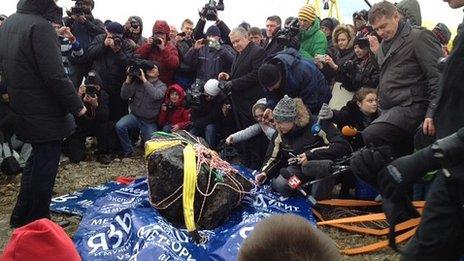
- Published26 February 2013
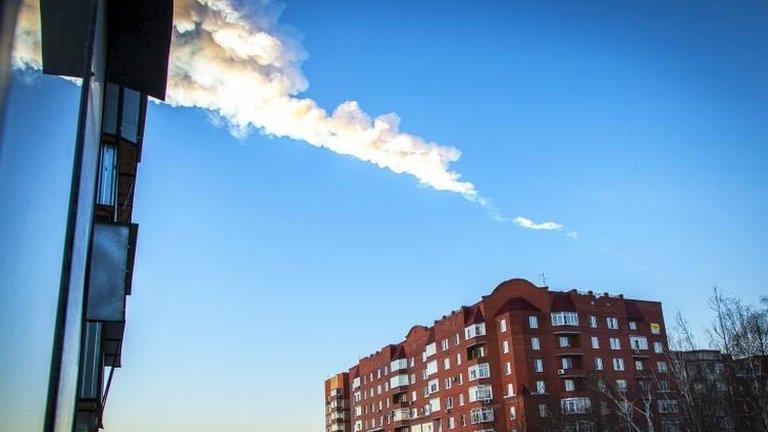
- Published28 June 2013

- Published16 October 2013
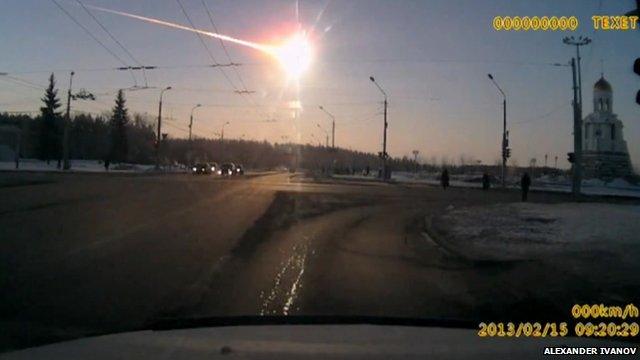
- Published15 February 2013
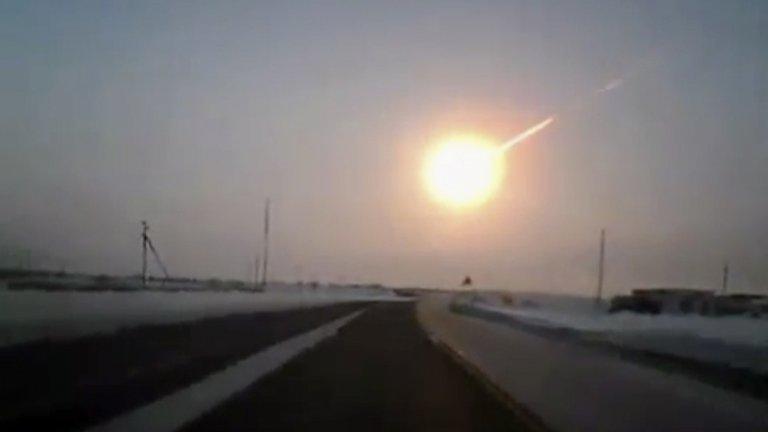
- Published15 February 2013
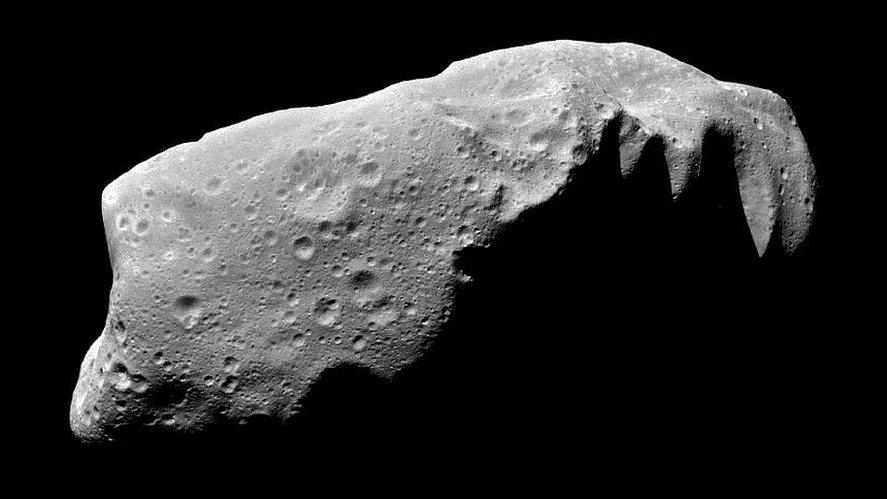
- Published15 February 2013
